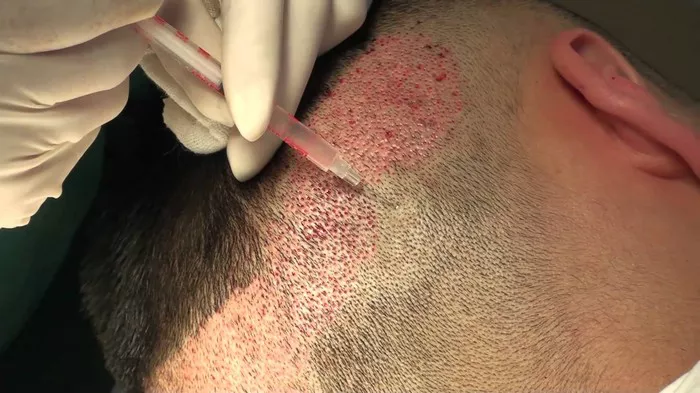In a world obsessed with appearance, hair loss can be a source of great distress. Thankfully, advancements in medical science have provided us with various solutions to combat this issue. Among them, hair transplants have gained substantial attention. But the question that lingers in the minds of many is, “Is hair transplant a permanent solution?” In this article, we will delve into the intricacies of hair transplants to help you understand the long-term effectiveness of this procedure.
1. The Basics of Hair Transplant
Let’s start by grasping the fundamental concept of a hair transplant. A hair transplant is a surgical procedure that involves removing hair follicles from one part of the body, typically the back of the scalp, and transplanting them to areas with hair loss. This is primarily used for treating male and female pattern baldness. Hair transplant surgery offers both FUT (Follicular Unit Transplantation) and FUE (Follicular Unit Extraction) techniques, which we will explore in detail.
a. FUT (Follicular Unit Transplantation): This method involves removing a strip of hair-bearing skin from the donor area, and then dissecting it into individual grafts before transplantation. It’s known for providing a higher yield of grafts but leaves a linear scar.
b. FUE (Follicular Unit Extraction): FUE, on the other hand, involves extracting individual hair follicles directly from the donor area without the need for a strip of skin. This method leaves minimal scarring, making it a preferred choice for many.
2. Immediate Results and Recovery
After a hair transplant, patients often notice a significant improvement in their hair density. However, it’s crucial to understand that these results are not permanent. The transplanted hair typically falls out within a few weeks of the procedure. This may sound disheartening, but it’s a natural part of the process. The newly transplanted follicles then enter a dormant phase before regrowing. Patience is key during this phase, as it can take several months to see the full results.
3. Long-Term Effectiveness
Now, let’s address the primary question: Is hair transplant a permanent solution?
a. Transplanted Hair: The transplanted hair is typically considered permanent. Once it has fully regrown, it should continue to grow for the rest of your life. This is because the follicles taken from the donor area are genetically resistant to the hormone DHT, which is responsible for hair loss.
b. Existing Hair: It’s important to note that hair transplant surgery doesn’t prevent further hair loss in areas that haven’t been treated. The native hair in those areas is still susceptible to hair loss, and additional procedures may be required in the future to maintain a consistent appearance.
c. Maintenance: To ensure the long-term effectiveness of your hair transplant, you’ll need to maintain it properly. This includes following a post-operative care plan, avoiding damaging hair practices, and considering medical therapies or treatments to manage any continued hair loss.
4. Factors Affecting Long-Term Success
The longevity of your hair transplant’s results can be influenced by several factors:
a. Age: Younger individuals may experience better long-term results since their hair loss pattern is less predictable.
b. Genetics: Your genetic predisposition to hair loss can affect the long-term effectiveness of the transplant. Some individuals may need touch-up procedures over time.
c. Overall Health: Maintaining good overall health can contribute to better results. Smoking, for example, can adversely affect the blood flow to the scalp, potentially compromising the transplanted follicles.
5. Maintenance and Aftercare
To make the most out of your hair transplant and ensure its long-term success, consider the following aftercare tips:
a. Follow Medical Advice: Adhere to your surgeon’s post-operative instructions diligently. This includes avoiding strenuous activities and refraining from alcohol and smoking during the recovery period.
b. Use Recommended Products: Your surgeon may recommend specific hair care products and medications to promote hair growth and prevent further loss.
c. Regular Check-ups: Periodic visits to your surgeon can help monitor your progress and address any concerns or potential complications.
See Also: 5 Stages of Hair Transplant Growth: What You Need to Know
Conclusion
In conclusion, a hair transplant can be a long-term solution for hair loss, offering the promise of a full head of hair. However, it’s essential to have realistic expectations and to understand that it may not completely halt further hair loss in untreated areas. By considering factors like genetics, age, and maintaining good overall health, you can enhance the long-term effectiveness of your hair transplant. Remember, patience and proper aftercare are crucial elements in achieving the best and most lasting results.


